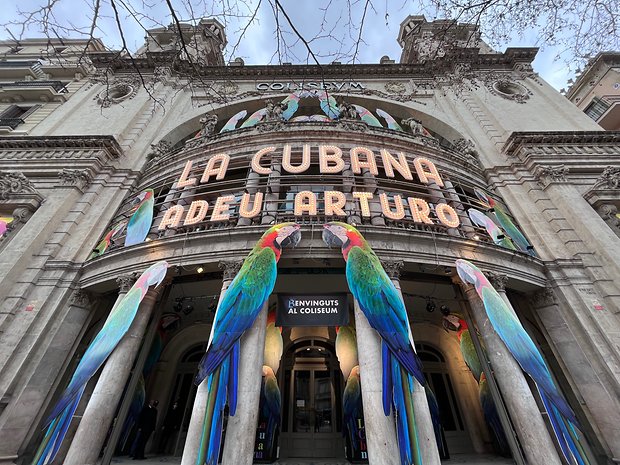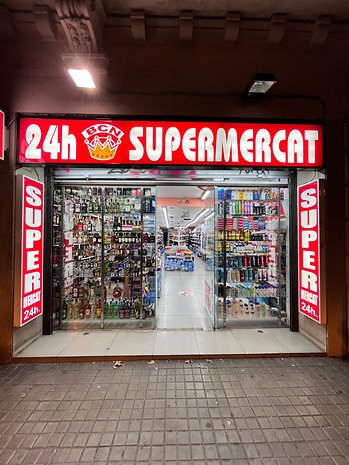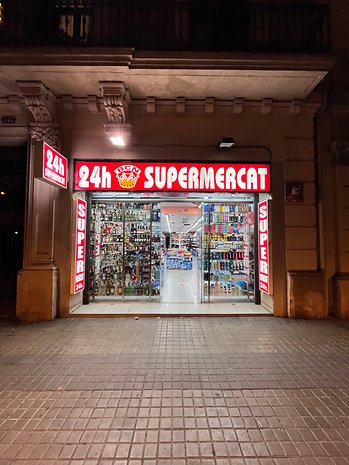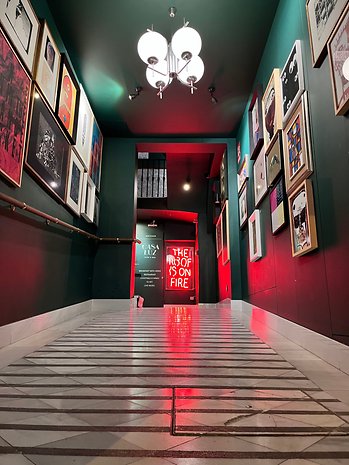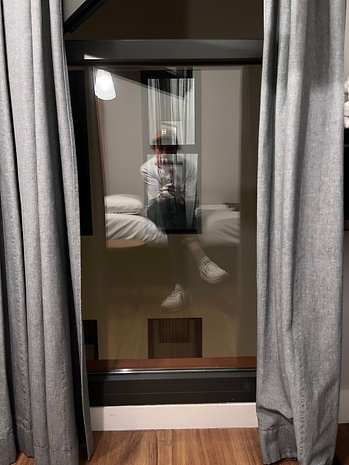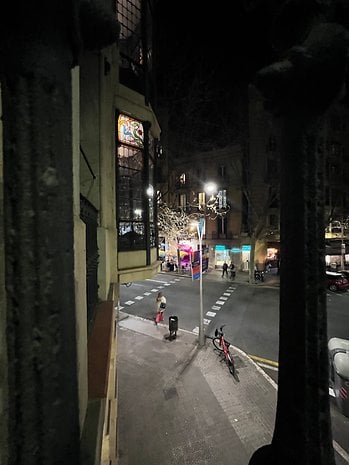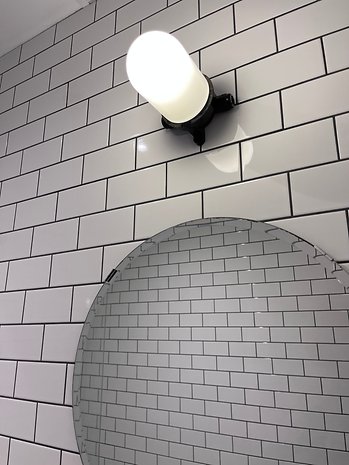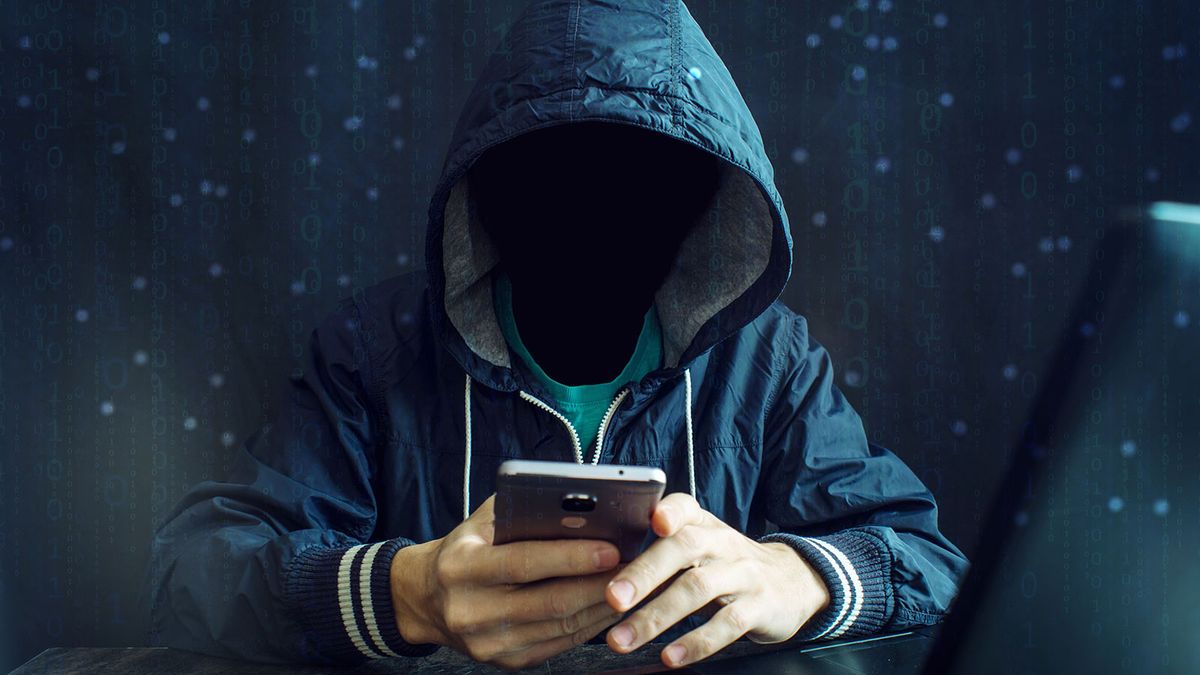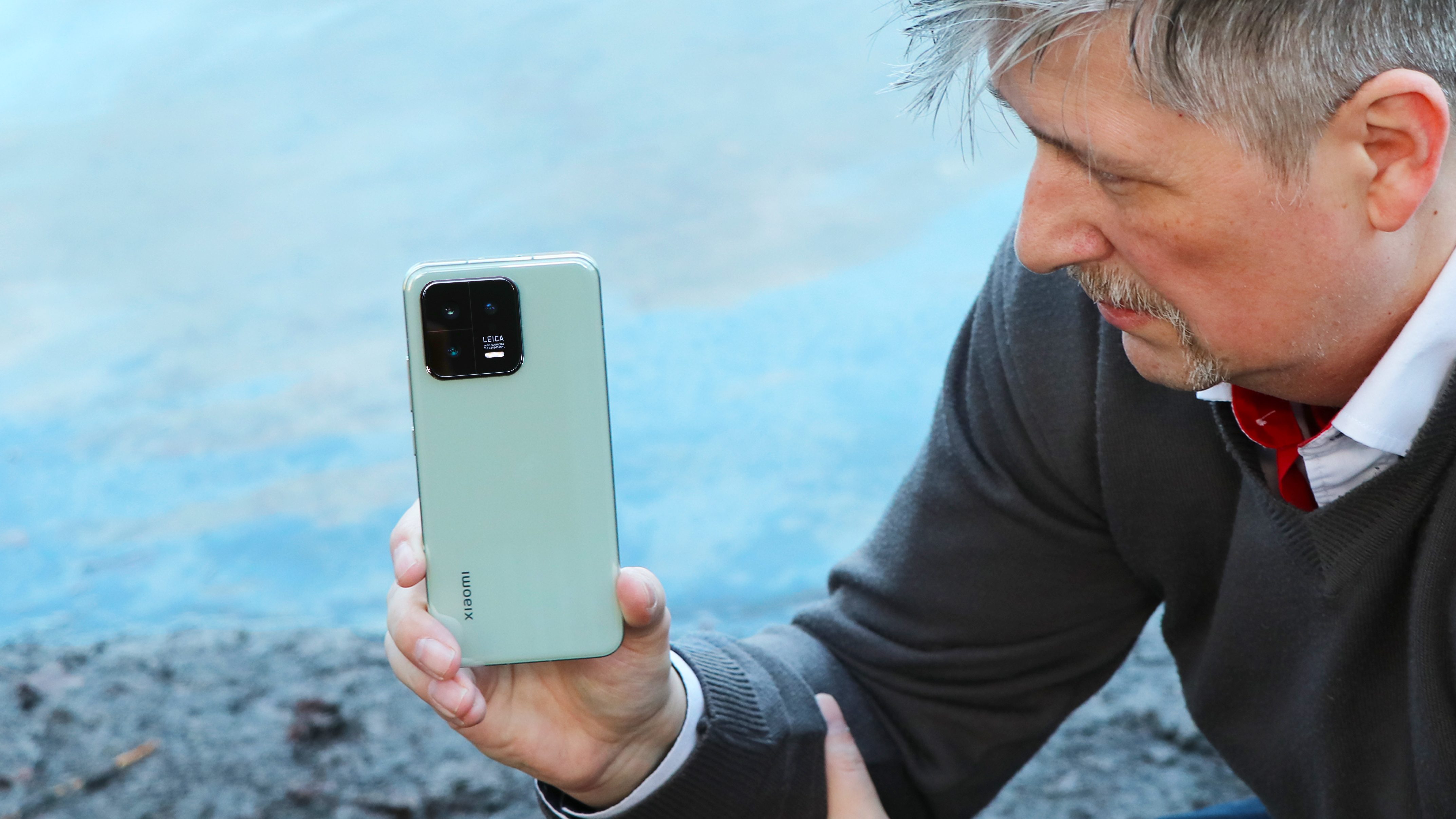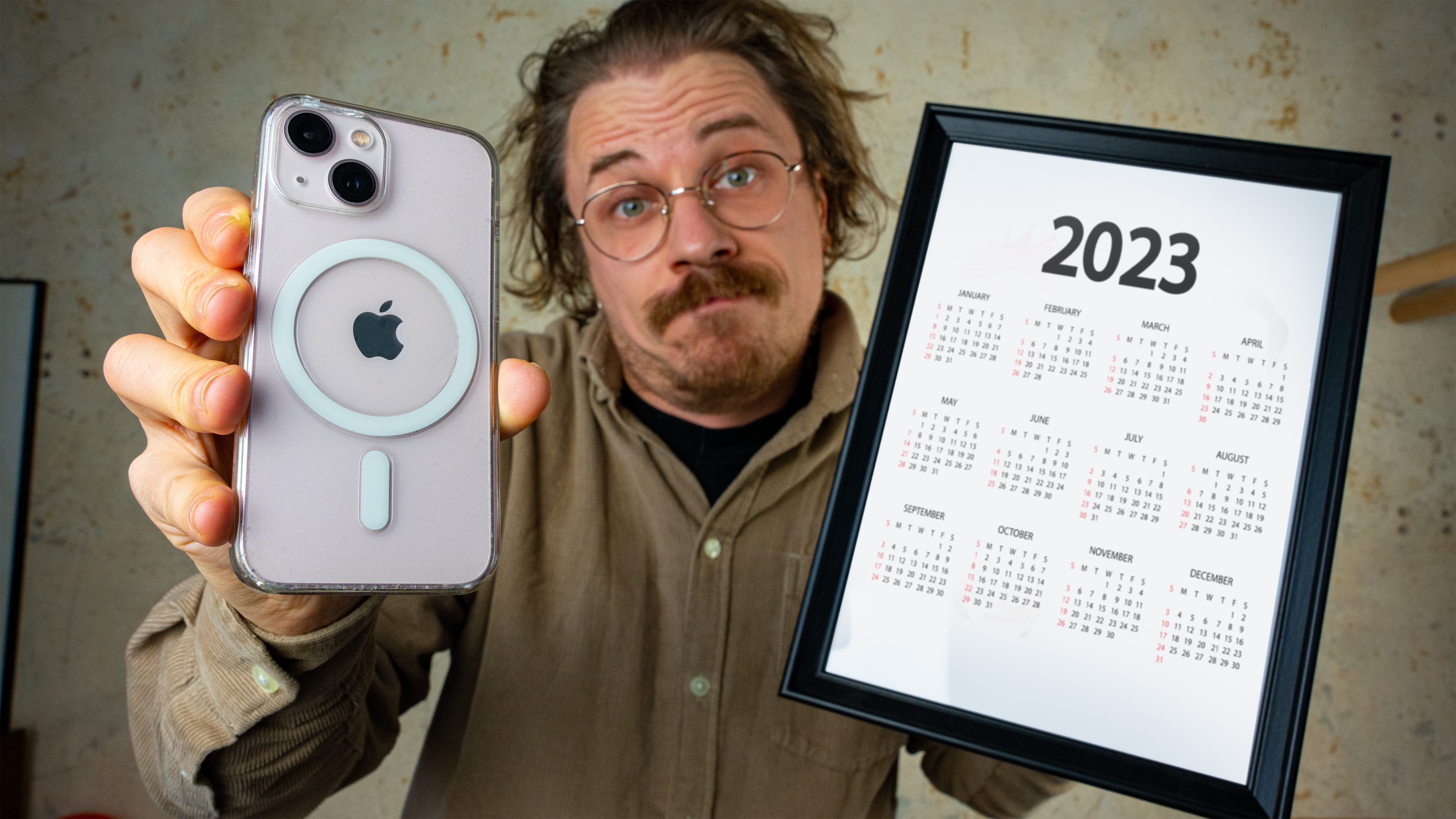
At launch, the iPhone 13 mini impressed with plenty of performance, top image quality, and a unique form factor—but is the small iPhone still a good buy in 2023? NextPit took another look at the mini model from 2021 and reveals whether it is still worth buying!
Good
- Fantastic size for everyday use
- Good photo quality
- Very good video quality
- High-performance level
Bad
- Battery life could be better
- Display stuck at 60 Hertz
- No memory expansion options
- Lightning connector is annoying (to me)
iPhone 13 mini in a nutshell
The iPhone 13 mini has stood the test of time like no other iPhone because even in 2023 there will be no successor—and it will probably stay that way. Apple’s focus on large smartphones makes the iPhone 13 mini a real buy for fans of small phones. However, the phone’s price is very stable compared to Android flagships from 2021.
At a price of around 600 dollars, the iPhone 13 mini is still a powerful phone in 2023. With the latest wireless standards like 5G, a performance suitable for gaming, and a very good operating system, the smartphone is completely convincing in everyday use. However, the display, which is too slow at 60 Hertz, still makes the iPhone 13 mini look outdated. And the smartphone with its dual camera cannot keep up with the new releases in 2023 in terms of picture quality either.
Design: Practical and compact
Thanks to its 5.4-inch display, the iPhone 13 mini measures just 131.5 x 64.2 x 7.65 millimeters and tips the scales at a mere 140 grams. The smartphone is also waterproof according to its IP68 certification, featuring the typical iPhone mute button, and comes with a glass back.
What I liked:
- Handy and space-saving thanks to the mini form factor.
- Comfortable to use with just one hand.
- The mute switch is nice to “fidget” with.
What I didn’t like:
- Very slippery without a cover.
- Microphones are easily covered during hands-free calls.
- Countless accidental screenshots due to the buttons’ positions.
Some time ago, I already penned a rather controversial comment about small smartphones. I still think that small handsets are less prevalent in everyday life. The iPhone is hardly noticeable in the trouser and jacket pockets, always remaining firmly in my grip and can be operated comfortably with only one hand. In addition, the handset is ultra-light at 140 grams.
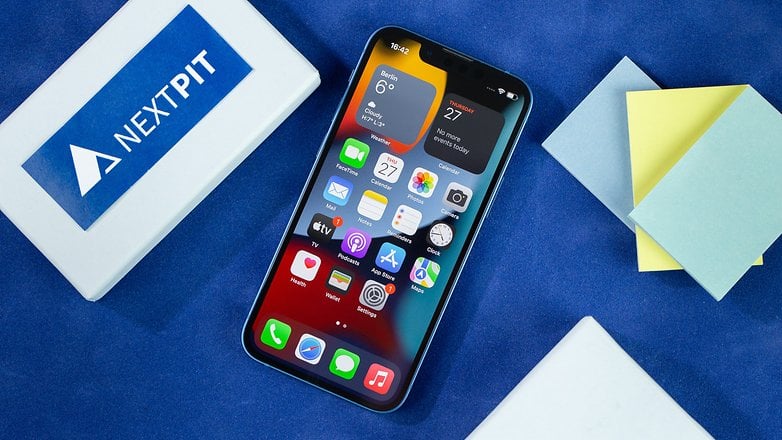
Apple seals its phone against water and dust according to the IP68 certification. In other words, the smartphone can survive for up to 30 minutes in water up to 6 meters deep. This means I can indulge in my addiction of shifting the mute button back and forth in my (swimming) pants pocket when I feel bored while swimming. A great fidget spinner replacement thanks to the precise vibration motor!
However, the position of the microphones was always annoying during my long-term review. This is especially so when you use the phone in Apple’s silicone case, you will completely mute the other party when you rest the phone on your pinky finger during hands-free calls as it rests on the recesses in the case. I would not recommend using it without a case because of the slippery back either, which leaves us in quite a pickle, doesn’t it?
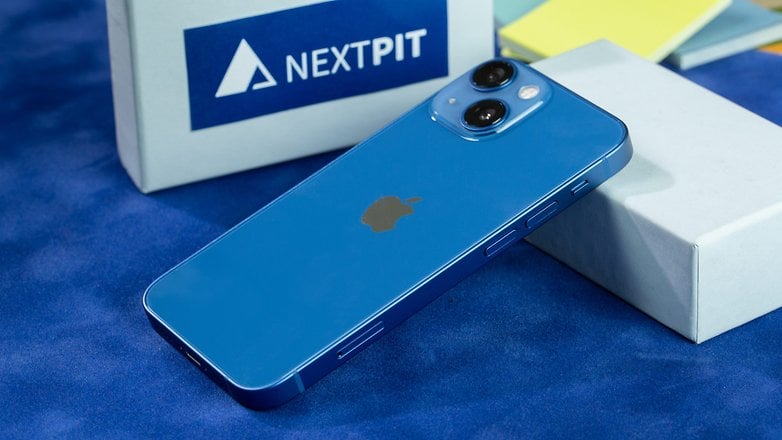
Last but not least, Apple’s positioning of the buttons is annoying. The big “on” button is the exact opposite of the “volume up” button, and that is Apple’s gesture when it comes to capturing screenshots. The result? Almost 50 contentless screenshots of my lock screen, and it keeps on piling up.
Display: High-end with a low refresh rate
As in the basic iPhone 13, Apple installed a Super Retina XDR display that measures exactly 5.4 inches as an all-screen OLED display. The 476ppi resolution is higher than in all other iPhones courtesy of its 2,340 x 1,080 pixels. However, the refresh rate is limited to 60 hertz.
What I liked:
- Good one-handed operation.
- Sharpest iPhone display.
- Great color fidelity thanks to TrueTone.
What I didn’t like:
- Frame rate at only 60 Hertz.
- Notch design is no longer up to date…
- …and is still not software-optimized.
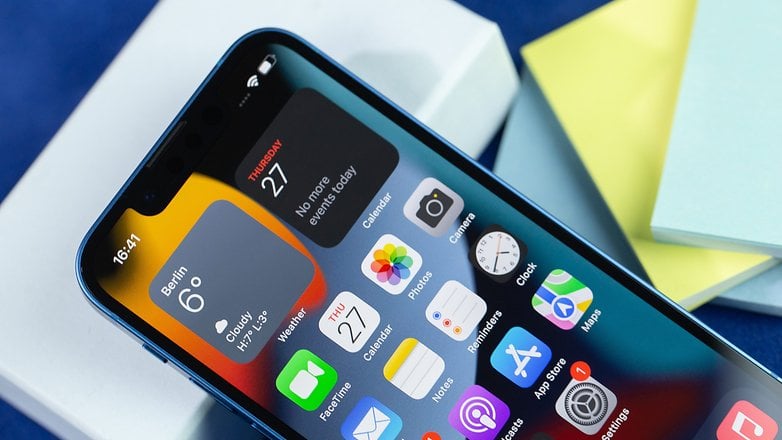
The display of the iPhone 13 mini is a real high-end mini TV. Thanks to HDR support, it achieves a maximum brightness of 1,200 nits, offers an almost infinite contrast level thanks to OLED, and is the sharpest iPhone display on the market at 476 PPI. The display is what I would also like to see in the iPhone SE in the future, which still appeared with an ancient LCD display in 2022.
For photo and video work, the TrueTone support comes in handy which automatically adjusts colors based on the environment. With my rather large fingers, one-handed operation is flawless. At the same time, it is hard to hit certain content precisely, such as when I’m copying text. After all, you automatically cover more content with your fingers on small displays.
Technically, I have to criticize the refresh rate of 60 Hertz compared to Android alternatives at the same price. After finding the display a bit sluggish at first, I quickly got used to it in everyday use, though. In this iPhone, I prefer Apple’s power-saving refresh rate. I think 120 Hertz would have made for an even poorer battery life here.
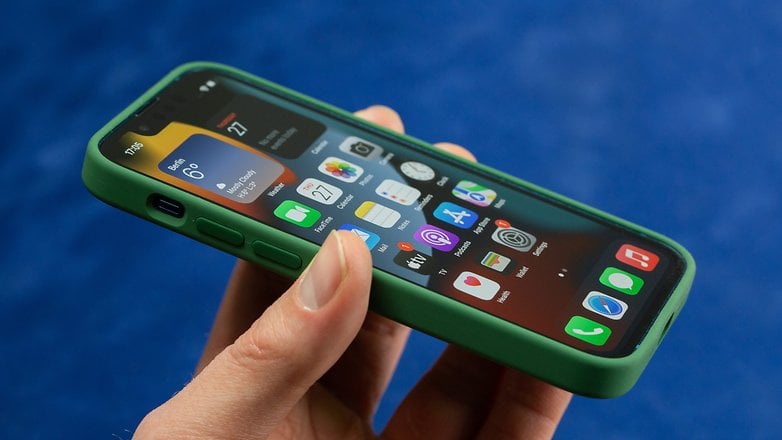
Apple is also technically behind in the placement of its front-facing camera, which takes up a particularly large amount of space because of Face ID. The iconic notch has shrunk by a few millimeters, but it is still clearly visible when viewing videos.
Immediately after the release of the smaller notch, there was ridicule about inappropriate apps like YouTube, where the notch protrudes a few millimeters into the picture when videos are not stretched to full screen. It is annoying that Apple cannot solve this problem even after several iOS updates.
Software: Future-proof & well-integrated
A detailed overview of iOS 15 is available on NextPit if you are interested to dive deeper. The operating system performs very well in everyday use on the iPhone 13 mini. I did not notice any display or scaling errors despite the smaller display. The software support will probably run from six to seven years, and this makes the phone more sustainable with the rather expensive purchase price being considered as a long-term investment.
Those who also use other Apple devices will enjoy the best integration between varied devices on the technology market. You can also seamlessly open browser tabs in Google Chrome on your MacBook when they are open on the smartphone, conveniently scan documents via the iPhone camera with a simple right-click on the desktop, and can also answer calls on macOS.
An integrated ecosystem is Apple’s biggest strength
and at the same time, a major disadvantage. This is because the so-called “walled garden” makes it difficult for third-party providers to penetrate the closed system. The probability of choosing more Apple devices for this reason is quite high – and it can get rather expensive.
Power: A tiny powerhouse
The iPhone 13 mini is powered by the A15 Bionic, which Apple introduced in 2021. Its successor, called A16 Bionic, was only used in the Pro models of the new iPhone series in 2022. The iPhone 14 only offers two additional graphics cores as an upgrade. The mini model thus offers almost the same performance as the latest base model.
What I liked:
- Very high-performance level.
- Never experienced problems with overheating up or thermal throttling.
- 128 GB of storage in the base model.
What I didn’t like:
- Memory is not expandable.
Apple reserved the performance upgrade for the Pro models in 2022. Therefore, there are hardly any functional drawbacks in the 13 mini – only some camera features are reserved for the graphically more powerful models from 2022. You can see how the upgrades perform in the benchmark below. on the market. However, that doesn’t only make for happy feelings in benchmark tests, but also for the necessary performance boost required in everyday life and at work.
Apple iPhone 13 mini performance benchmarks
| Benchmark | Apple iPhone 13 mini | Apple iPhone SE 2022 | Samsung Galaxy S22 | Oppo Find X5 | Oppo Find X5 Pro | Asus Zenfone 8 | OnePlus 9 | Xiaomi Mi 11 |
|---|---|---|---|---|---|---|---|---|
| 3D Mark Wildlife | 9292 at 55,6 fps | 9214 at 55,2 fps | 735 at 42,10 fps | 5830 at 34,9 fps | 9300 at 55,7 fps | 5753 | 5683 | 5702 |
| 3D Mark Wildlife stress test (best / worst) | 8968 / 7168 | 8173 / 6762 | 5581 / 3537 | 4723 / 3217 | 9192 / 6069 | 5825 | 5716 | 5697 |
| Geekbench 5 (single / multi) | 1742 / 4792 | 1737 / 4690 | 1158 / 3414 | 1097 / 3155 | 846 / 3324 | 1124 / 3738 | 1119 / 3657 | 1085 / 3490 |
With the A15 Bionic in the iPhone 13 mini, you can edit 4K videos with 60 frames per second smoothly, edit captured RAW images, and enjoy all the latest mobile games in maximum quality for recreation. Apple has not established itself as a house brand for many creatives for nothing, because the manufacturer does not cut corners either. For example, the iPhone 13 mini proved to be a usable voice-over microphone at MWC 2022.
However, it is the company’s principles (or pride?) that are annoying when it comes to everyday use. For example, if I want to edit recorded videos, I cannot simply remove a microSD card like in Sony’s Xperia Pro-I, but have to connect the phone via cable, import the videos via Photos, and then export them as video files once again through the Photos app. There are just so many hoops to jump through!
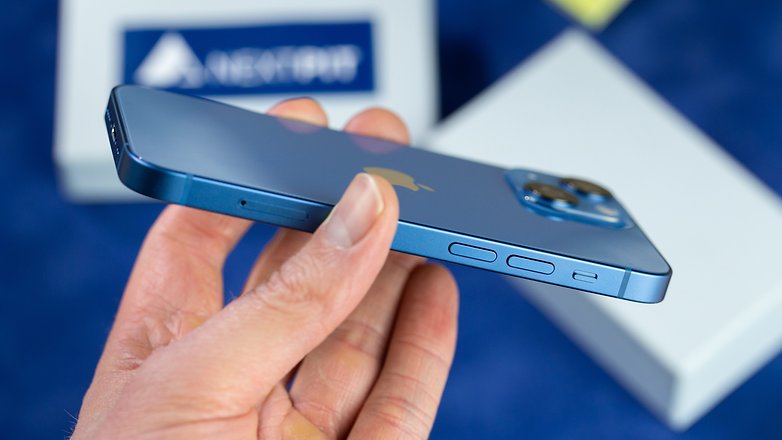
Even though the missing storage expansion option is not as relevant in terms of storage technology as it is in the iPhone SE 2022, the whole thing is still inconvenient. At the same time, I praise Apple for the decision to let the storage variants start at 128 GB in the iPhone 13 series. This increases the price-to-performance ratio compared to the previous year.
Photos & Videos: A dream for video fans
According to Apple, it cannot bring its latest camera features to older devices without additional graphics processors. Thus, the cinema mode is only available in Full HD, and the action mode is completely missing on older models. The picture quality can also no longer keep up with current flagships.
What I liked:
-
Solid image quality with all three cameras
(selfie cam included). - Very good video quality.
- Sensible software features (photographic styles, portrait modes and Cinematic Mode).
What I didn’t like:
- Fingers appear frequently in ultra-wide-angle pictures due to the small size.
- Comes without Apple’s 2022 camera features (action mode and 4K cinema mode)
- No longer impressive in 2023.
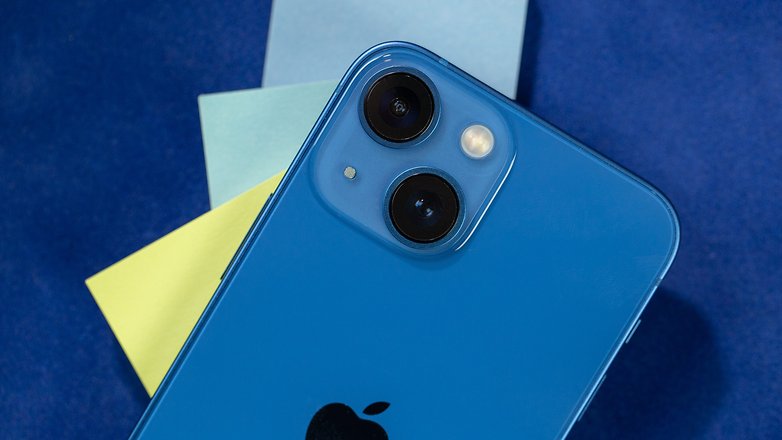
Even though Apple’s camera setup is not spectacular when one takes a look at the specifications, you do notice some rather interesting details. The main camera not only offers a particularly fast lens at f/1.6, it also boasts image stabilization via sensor shift technology. This was a feature that was reserved for the iPhone 12 Pro Max in the previous generation. The iPhone 13 mini also performed as a camcorder that offers very good quality.
Both cameras at the back can record 4K pictures with 60 frames per second. Even the Pixel 6 Pro, which I compared with the iPhone 13 Pro at the time and was considered one of the best camera phones, switches to Full HD when it comes to the ultra wid-angle lens. So, those who like to shoot videos do not have to deal with quality differences or upscaling.
Provided you are prepared to make do without the Cinematic Mode, which unfortunately only works in Full HD across all models. Apple churns out a deceptively real bokeh effect in videos. If you want the maximum picture quality, you have to buy the 14-series from Apple. The same applies to the action mode, which the 13 mini lacks. However, the stabilization is sufficient for most situations. More impressions can be found in NextPit’s video review of the iPhone 14.
Even though the iPhone 13 mini does not have the best phone camera of the year, the quality is very satisfactory in all situations. The phone’s compact size makes it perfect for snapshots, which makes it a very good always-on camera. However, it is annoying that your finger quickly slips into the photo when you are not careful when shooting using the ultra wide-angle lens. This is a disadvantage of the small chassis, because you have to touch the phone somewhere to capture a photo.
Battery & Quick-Charging: The only real drawback of the iPhone 13 mini
Even if Apple does not officially confirm it: the iPhone 13 mini has a particularly low capacity battery at 2,406 mAh. Even though Apple ekes many hours of battery life out of the device with the energy-efficient A15 Bionic chipset, the battery life continues to remain at a disadvantage in a small phone. However, fast charging works rather well despite a maximum charging speed of 25 watts.
What I liked:
- Short charging times thanks to the small battery.
- MagSafe support (an advantage over the iPhone SE 2022).
- Wireless charging is also possible without using a proprietary Apple charger.
What I didn’t like:
- Battery life is less than a full day under heavy usage.
- Lightning connector is becoming increasingly rare.
After several months of use, I have to declare that the battery life of the iPhone 13 mini is its main weakness. However, that was to be expected, as this was already noted in the iPhone 12 mini’s review. Personally, I use smartphones for music streaming, surf occasionally, attend to instant messaging programs, check out Instagram, snap photos and make calls, including video telephony, during the day. Battery-guzzling tasks like mobile gaming or Netflix streaming hardly ever happen for me.
Thus, the battery runtime was sufficient for me in most cases. Having some reserve left at the end of the day would still be nice because I had a queasy feeling about leaving Berlin for Freiburg by car with the iPhone 13 mini at the end of January. A route that takes just under 8.5 hours and during which I could not continuously use the smartphone as a navigation device without the help of a car charging cable.
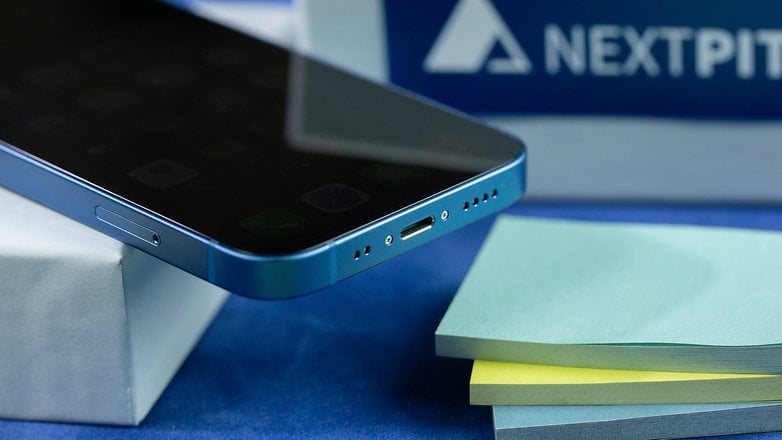
However, I could not use my charging cable only for the reason that Apple still sticks to its Lightning port in 2022. While the charging port has a slightly tighter fit, it is already quite rare in my household and even in the Apple ecosystem. Most iPads and MacBook models, almost all Android smartphones, and even most headphones can be charged via USB-C. For Apple, making the switch is difficult. After all, all AirPods headphones use the Lightning port, and always thinking about two cable types has to stop at some point, though.
If I continue to use the iPhone 13 mini, I will therefore buy a MagSafe-compatible power bank. This is required since Apple also supports the Qi wireless charging standard despite its own MagSafe standard, and I can, fortunately, fall back to a third-party model.
Final verdict
As an Android user from the beginning, the iPhone 13 mini brought me into the iOS ecosystem last year. In long-term use, the smartphone turned out to be a reliable and above all inconspicuous companion in everyday life. Shortcomings like the short battery life can be counteracted with accessories or regular charging.
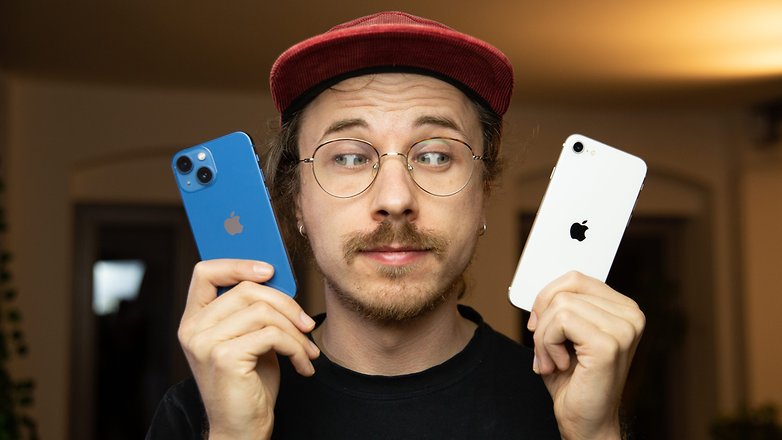
A purchase in 2023 is more worthwhile than for any other model from the same 2021 range because there was no successor to the iPhone 13 mini when the 14 line was launched in September 2022. So, if you are looking for a compact smartphone from Apple, you cannot go wrong with the 13 mini. The only alternatives are the predecessor (click here for a comparison between the iPhone 13 mini and the iPhone 12 mini) and the iPhone SE 2022. Both models are cheaper, but they have fewer features. Compared to the iPhone 13 mini, the SE 2022 in particular looks outdated.
However, the fact that Apple is not continuing its mini series and replacing it with the iPhone 14 Plus (review) is an indication that small smartphones do not sell very well. Are you still looking for an alternative and open to switching to an Android phone? Then we will show you the best compact smartphones in 2023.
Review updated in January 2023 after long-term testing. Previous comments were kept and may appear out of context.
Apple iPhone 13 Mini
To device database

